Kampong Lorong Buangkok
Singapore's last surviving traditional village is hidden among giant skyscrapers and modern infrastructure.
Singapore is the world’s most urban nation, with 100 percent of its population living in urban areas, according to UNESCO. But hidden beneath its towering skyscrapers and modern infrastructure is one low-lying hidden gem: the main island’s last surviving traditional village.
Built in 1956 before Singapore’s economic boom, Kampong Lorong Buangkok’s 28 dwellings are home to families who live differently from nearly everyone else in the city-state. Located in Singapore’s northern suburbs, the kampong (village) contrasts sharply with the concrete high rises that house the majority of locals.
The village, which is the size of two soccer fields, offers a window into what Singapore looked like before it became a global trade giant. Visit, and you’ll find colorful one-story houses, a canal, a small mosque, and winding dirt paths weaving through the town. The houses are made with zinc and wood roofs.
Kampong Lorong Buangkok was settled by a mixture of Malaysians and Chinese. The residents enjoy a slower pace of life and strong sense of community. Although the village is somewhat isolated from urban Singapore, it still has electricity, running water, garbage collection, and a postal service.
The village was established by Chinese medicine seller Sng Teow Koon as a plot of four to six homes. For rent, the residents pay upwards of $30 per month to his children. However, the land the village sits on is worth approximately $33 million, so some residents fear that the kampong may soon be paved over for a new development.
Know Before You Go
The village is accessible by buses 70 and 103, near the Church of St Vincent de Paul. Please be a conscientious visitor, as people still live here.

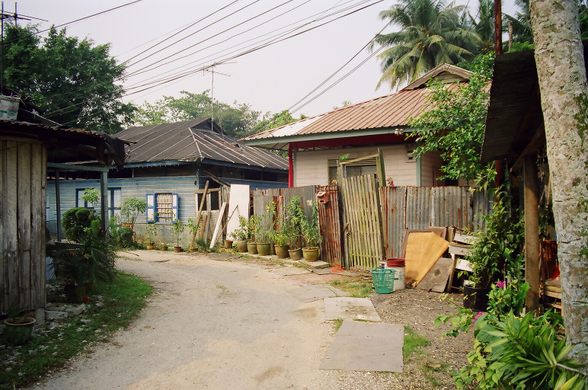
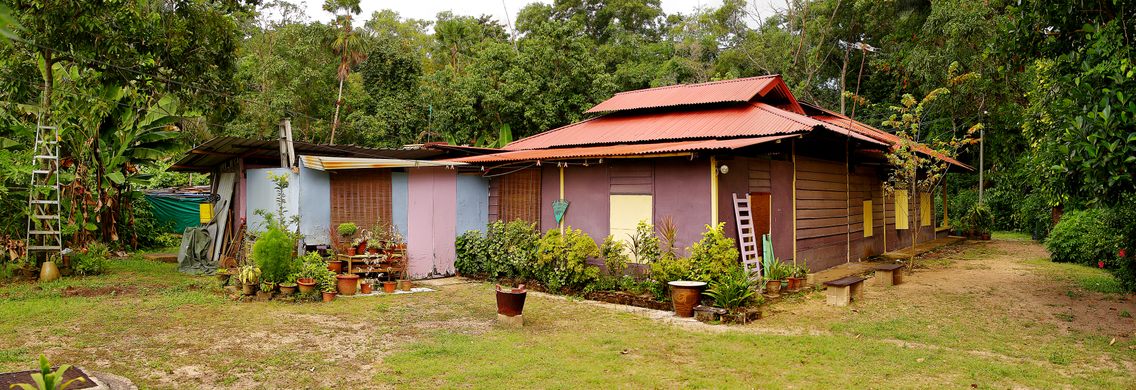
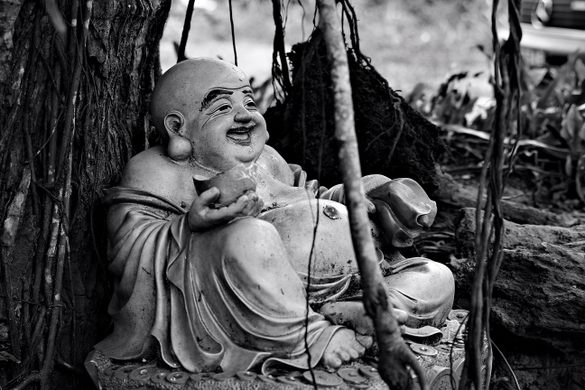





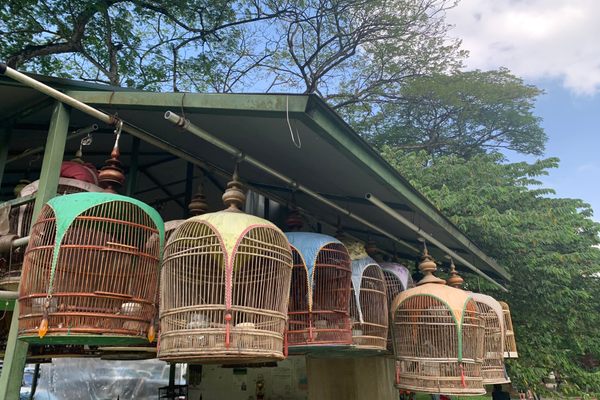

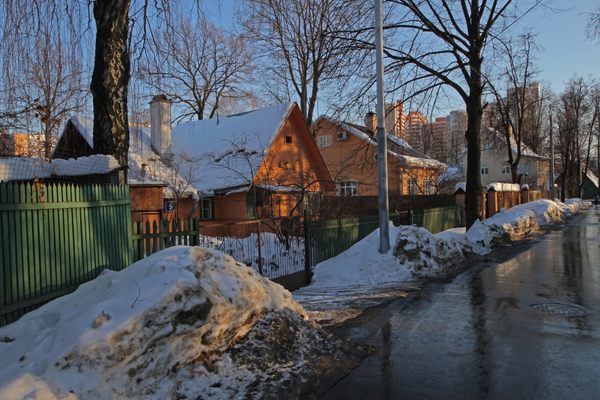




Follow us on Twitter to get the latest on the world's hidden wonders.
Like us on Facebook to get the latest on the world's hidden wonders.
Follow us on Twitter Like us on Facebook